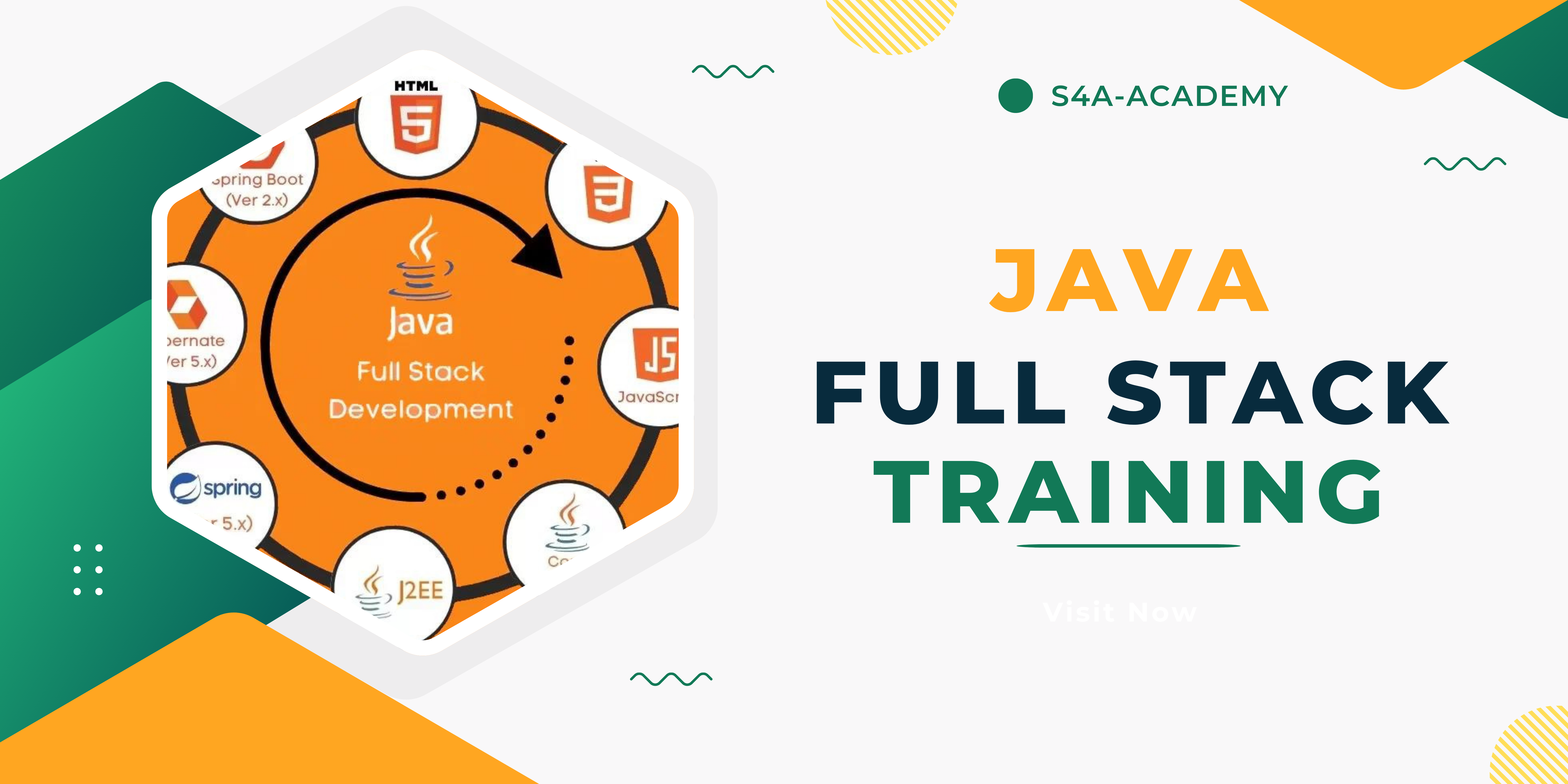
Full Stack in Java Technology
Java Technology
Java Full Stack Development refers to the practice of developing both the front-end (client side) and back-end (server side) portions of web applications using Java technologies.
J2EE (Java 2 Platform, Enterprise Edition) development refers to the process of building enterprise-scale applications using Java technologies. It provides a comprehensive platform for developing, deploying, and managing large-scale, distributed applications.
Any one can join this training programm.Book which we cover.
Core Java
Servlet
Java Server Pages
Spring
Hibernate
Bootstrap ( Html,CSS,JS )
Java Full Stack Development encompasses the end-to-end process of creating web applications using Java technologies for both front-end and back-end development. It combines proficiency in Java programming for server-side logic with expertise in front-end technologies to build robust and interactive user interfaces.
Back-End Development:
Java is widely used for back-end development due to its scalability, performance, and extensive ecosystem. Java Full Stack Developers leverage frameworks like Spring, Spring Boot, Hibernate, and others to handle server-side logic, manage databases, implement security measures, and create RESTful APIs. They are adept at designing and optimizing database schemas using SQL or NoSQL databases such as MySQL, PostgreSQL, MongoDB, or Redis.
Front-End Development:
In Java Full Stack Development, front-end technologies play a crucial role in creating responsive and intuitive user interfaces. Developers often use HTML, CSS, and JavaScript along with popular front-end frameworks/libraries such as Angular, React, Vue.js, or Thymeleaf. They ensure seamless integration with the back-end services, implement user authentication, handle client-side validations, and optimize performance for a smooth user experience.
Integration and Deployment:
Java Full Stack Developers are responsible for integrating various components of the application, ensuring they work harmoniously together. They employ tools like Maven or Gradle for build automation, Git for version control, and Docker for containerization to facilitate efficient deployment and scaling of applications across different environments.
Skills and Responsibilities:
A Java Full Stack Developer needs a diverse skill set that includes:
- Proficiency in Java programming language and frameworks (e.g., Spring, Spring Boot).
- Knowledge of front-end technologies (HTML, CSS, JavaScript) and frameworks/libraries (Angular, React, Vue.js).
- Experience with database management systems and ORM frameworks (Hibernate, JPA).
- Understanding of RESTful APIs, microservices architecture, and cloud services (AWS, Azure, Google Cloud).
- Ability to write clean, maintainable code, conduct unit testing, and troubleshoot application issues.
- Strong problem-solving skills, teamwork, and communication skills to collaborate effectively with cross-functional teams.
Career Outlook:
Java Full Stack Development offers excellent career prospects due to the widespread adoption of Java in enterprise environments and the demand for versatile developers who can handle both front-end and back-end responsibilities. Organizations across various industries seek Java Full Stack Developers to build scalable, secure, and efficient web applications that meet business requirements.
In summary, Java Full Stack Development combines the power of Java's back-end capabilities with modern front-end technologies to create dynamic, responsive, and feature-rich web applications. It requires continuous learning and adaptation to evolving technologies to stay competitive in the field of web development.






